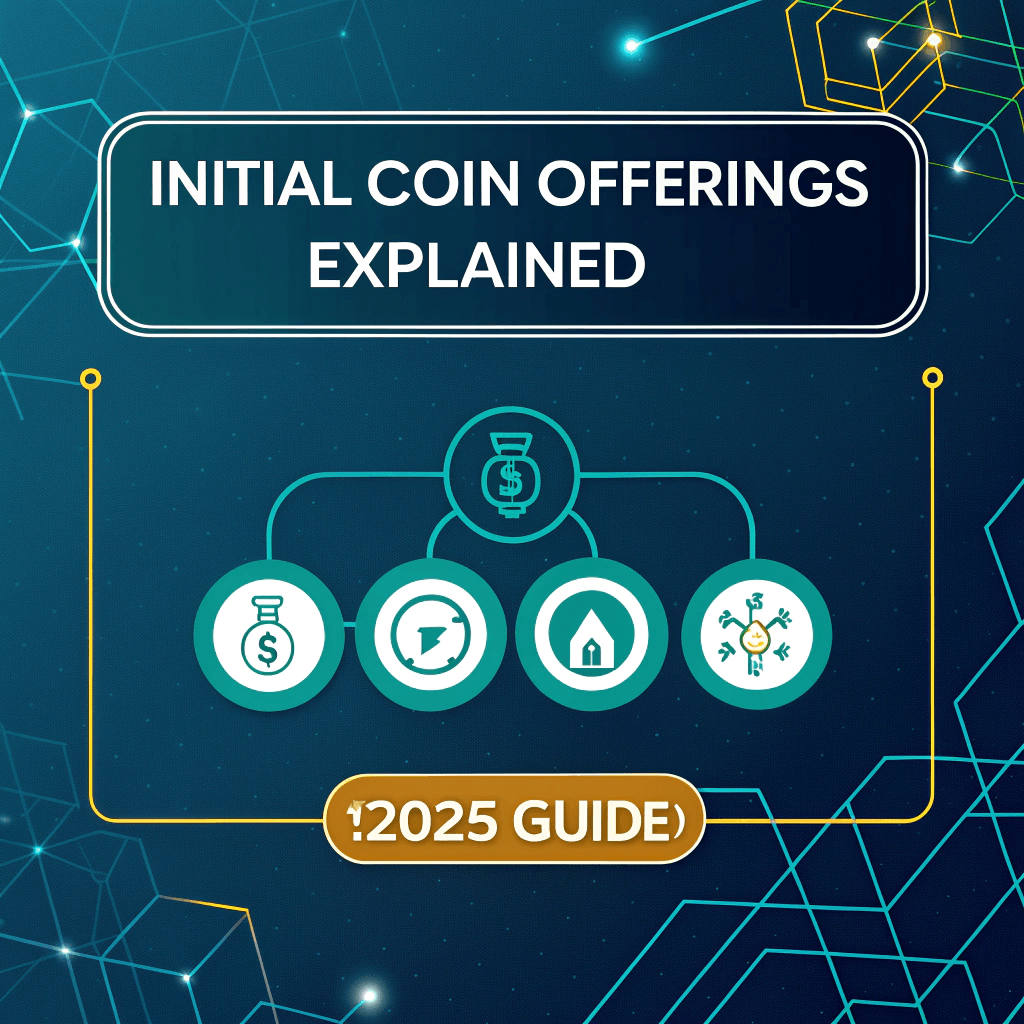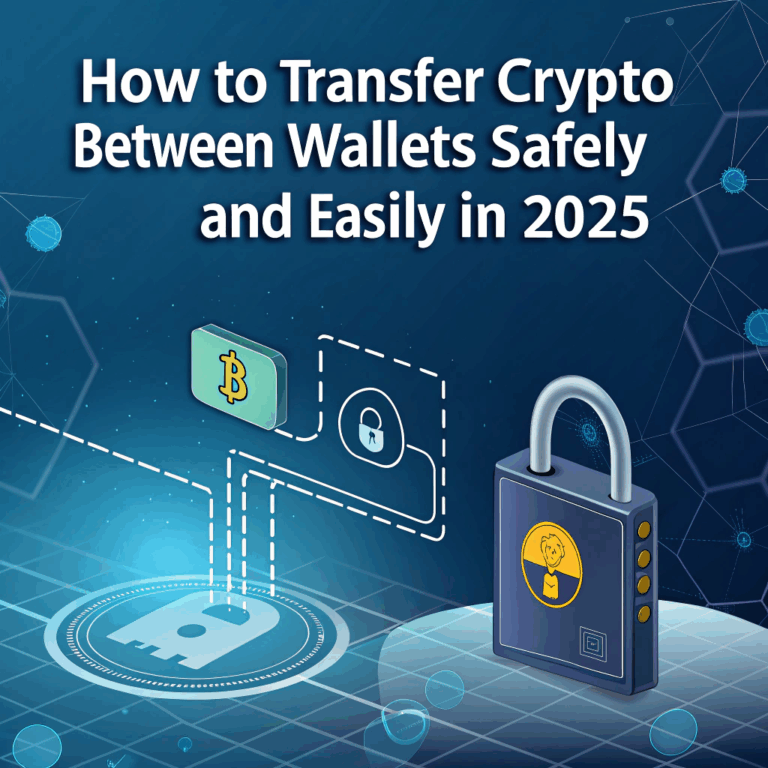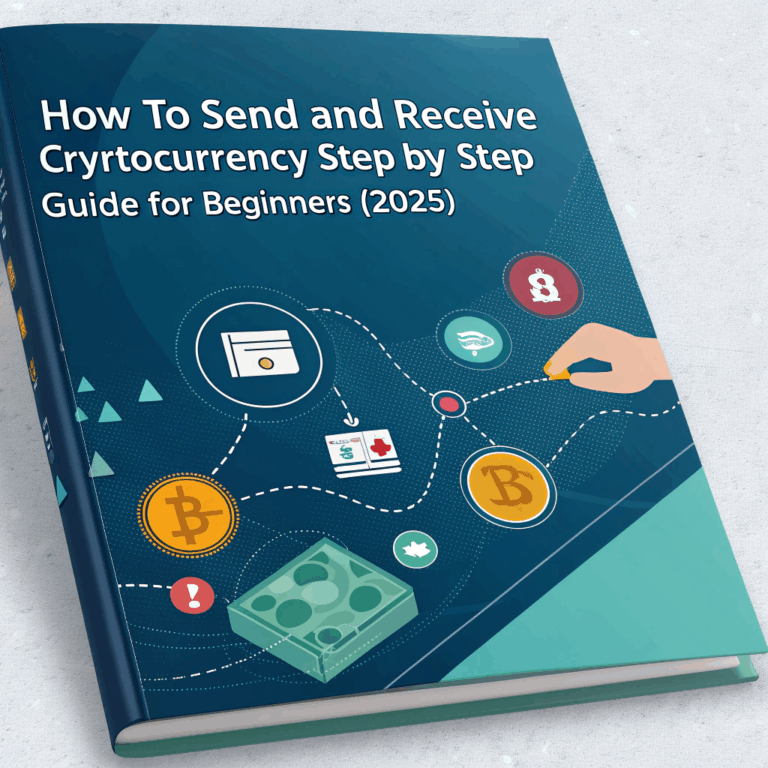What Is an ICO in Crypto? Initial Coin Offerings Explained (2025 Guide)

Introduction
In 2017, the crypto world exploded with the rise of Initial Coin Offerings (ICOs). In 2025, they’re still being used — but smarter and more regulated. This guide explains what an ICO is, how it works, and how to evaluate one safely before you invest.
What Is an ICO?
An Initial Coin Offering (ICO) is a fundraising method used by crypto projects to raise capital by selling a new cryptocurrency token to investors.
Think of it as the crypto version of a startup crowdfunding campaign, where backers get tokens instead of shares.
How an ICO Works
- A crypto project creates a new token
- They publish a whitepaper explaining the idea, use case, and tokenomics
- Investors send ETH, USDT, or another currency in exchange for the new token
- Tokens are distributed after the sale or listed on exchanges
ICOs usually run for a limited time and have funding targets (soft/hard caps).
ICO vs IPO: Key Differences
| Feature | ICO | IPO (Initial Public Offering) |
|---|---|---|
| Asset | Cryptocurrency token | Company stock/shares |
| Regulation | Often unregulated or limited | Heavily regulated |
| Accessibility | Anyone with internet/crypto | Limited (usually to accredited investors) |
| Ownership | No ownership in company | Yes, equity in company |
| Use of Funds | Project development | Business expansion or exit |
Why Projects Launch ICOs
- Raise funds without traditional VCs
- Distribute tokens to early adopters
- Build a community around the project
- Decentralize governance and usage
- Fund development, marketing, and liquidity
Some ICOs are purely utility token sales — not investment securities.
How to Participate in an ICO
- Find a trusted ICO via platforms or project websites
- Read the whitepaper carefully
- Check the team and tokenomics
- Connect your wallet (e.g., MetaMask)
- Send the accepted crypto (usually ETH or USDT)
- Receive tokens after the ICO ends
Some ICOs are whitelist-only and require early registration.
Risks of Investing in ICOs
- Scams and rug pulls — fake teams or projects vanish after raising funds
- No investor protection — most ICOs are not regulated
- Volatile token prices — prices often dump post-listing
- Lack of product — many ICOs launch with only a whitepaper
- Token dilution — unclear or unfair token distributions
Never invest blindly. Always DYOR.
Red Flags to Watch Out For
🚩 Anonymous or fake team
🚩 No working product or MVP
🚩 Unrealistic promises (e.g., “guaranteed 10x”)
🚩 Poorly written whitepaper
🚩 High allocation to team and advisors
🚩 Lack of smart contract audits
🚩 Token only tradable on small/unverified platforms
How to Research an ICO
- Read the whitepaper thoroughly
- Review the tokenomics and vesting schedules
- Check audit reports and GitHub activity
- Investigate the founding team
- Join the community and ask questions
- Use tools like ICO Drops, CoinList, or CryptoRank
A good ICO has transparency, clarity, and real demand.
Notable ICOs in Crypto History
| Project | Year | Amount Raised | Outcome |
|---|---|---|---|
| Ethereum | 2014 | $18 million | Massive success |
| EOS | 2017 | $4.2 billion | Controversial, mixed results |
| Filecoin | 2017 | $257 million | Still active, slow progress |
| Tezos | 2017 | $232 million | Delays, but operational now |
| Internet Computer (ICP) | 2018 | $121 million | High hype, early crash |
ICOs vs. IEOs vs. IDOs
| Type | Platform | Who Hosts the Sale | Example |
|---|---|---|---|
| ICO | Website | The project itself | Ethereum, EOS |
| IEO | Exchange | Centralized exchange (CEX) | Binance Launchpad |
| IDO | DEX launchpad | Decentralized platform (DEX) | Polkastarter, DAO Maker |
Each has different levels of risk, access, and trust.
FAQ
Can anyone launch an ICO?
Technically yes — but legal and marketing challenges exist.
Are ICOs legal?
Depends on your country. Some are considered securities and require registration.
Do I need KYC to join an ICO?
Many now require KYC, especially if hosted through an exchange or IEO/IDO.
Can I sell my tokens immediately after an ICO?
Depends — some have vesting periods or lockups.
Conclusion
ICOs were the beginning of crypto fundraising — and while they’ve evolved, they remain a powerful tool for launching blockchain projects. In 2025, more oversight and transparency mean safer opportunities — but you still need to do your homework. Research deeply, invest carefully, and never follow hype alone.





